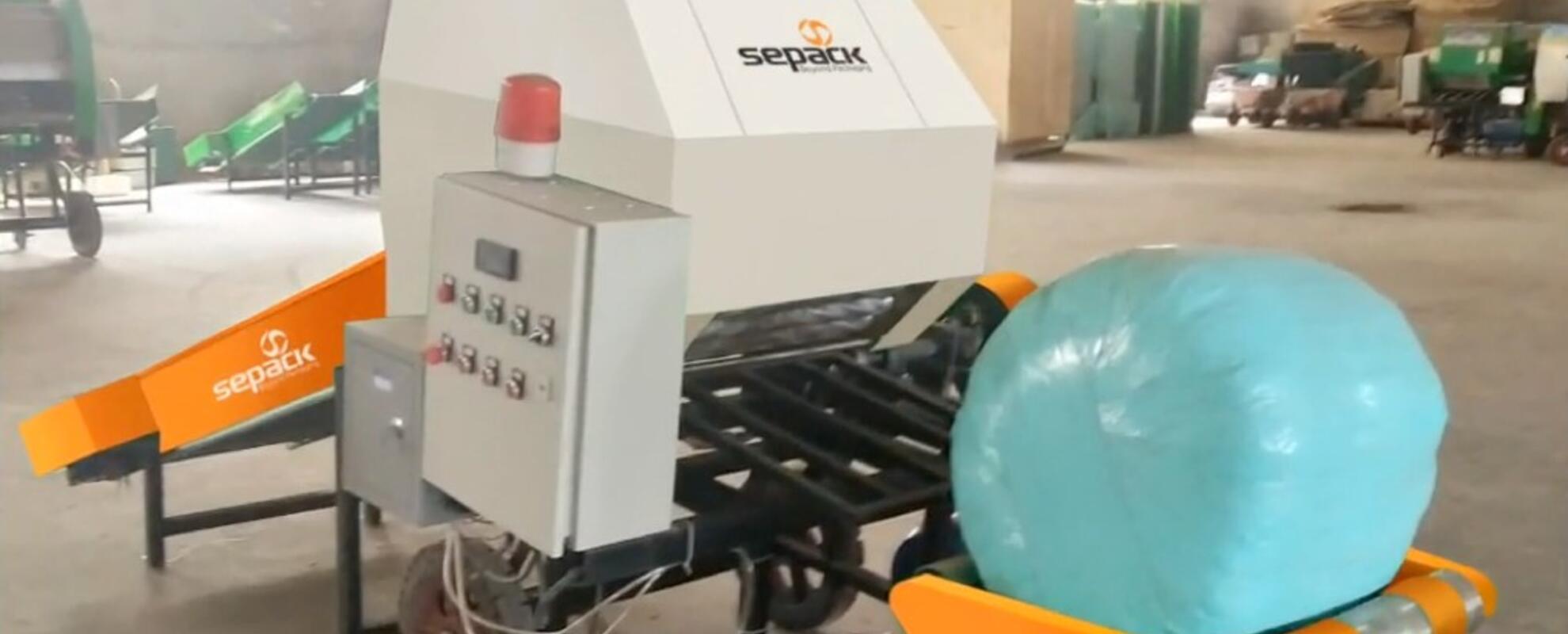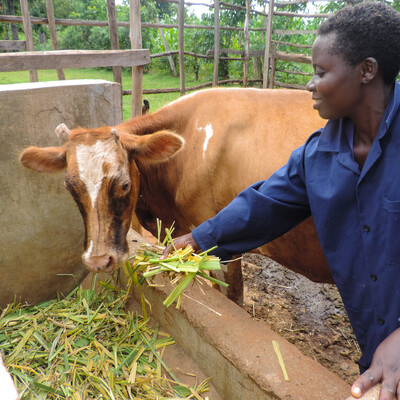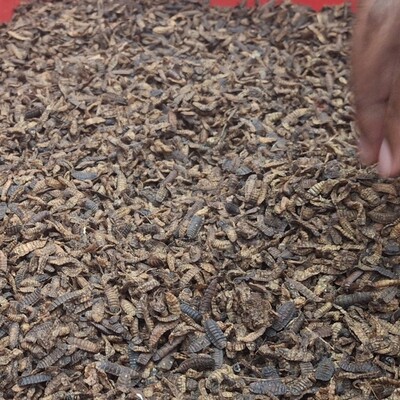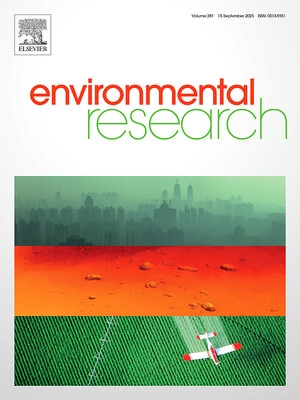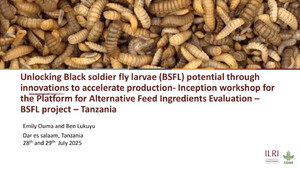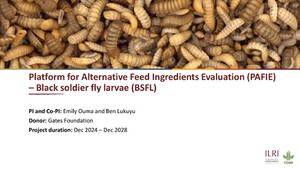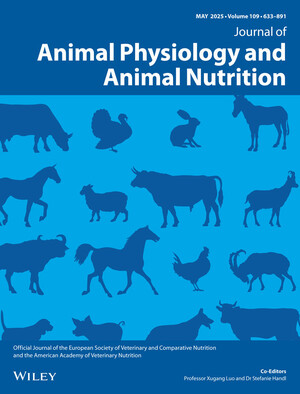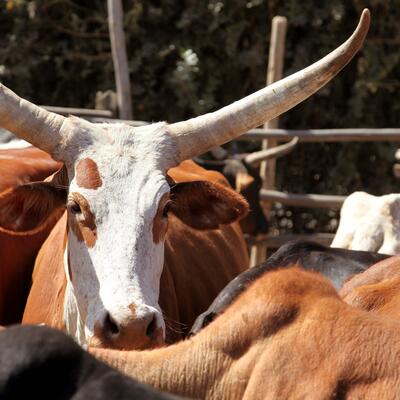
FeedLink – to link fodder surplus-deficit regions
Innovation that helped to convert wasteland grass into enriched silage after value addition and densification.
The International Livestock Research Institute (ILRI) is one of the CGIAR partners of the International Crops Research Institute for the Semi-Arid Tropics (ICRISAT)-led Bhoo Samrudhi project funded by Government of Karnataka in India. Responding to a request from the state government to explore commercial utilization of roadside grass (Figure 1 and 2) as animal feed, the ILRI team conducted a scoping study, visiting potential sites, interacting with stakeholders and collecting grass samples for nutritional analysis. The nutritional analysis showed that the roadside grass (botanically identified as Pennisetum polystachion, commonly known as wild pearl millet or mission grass) was of promising fodder quality (protein content of 7% and digestibility of 55%) and is available along the roadsides for about 800 km, covering a 2m strip each side producing and estimated 11,200 tons of green fodder from August to December.
 Figure 1 Figure 1 |  Figure 2 Figure 2 |
To use the potential of this feed resources in the deficit season and /or in distant locations, it was proposed to convert this grass into silage using a mini wrapper cum baler (Figure 3).
 Figure 3 Figure 3 |
The Municipality, which previously dumped the grass in junkyards after clearing it from the road side by brush cutters /weed walker), agreed to supply the same to a nearby Gosala (cattle welfare centre), housing more than 1,000 cattle. This motivated the team to install the baler cum wrapping machine in the Gosala (Figure 4).
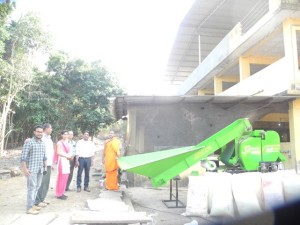 Figure 4 Figure 4 |  Figure 5 Figure 5 |
In a proof-of-concept mode the sun-wilted grass (moisture 40%) supplied by the Municipality (at their own cost) was chopped using a 10 HP chaff cutter (Figure 5) and mixed with locally available legume haulms (groundnut/ mung bean /green gram) in the ratio 65:35. The chopped mixture was then fed to the mini baler cum wrapper, which compressed and wrapped the grass legume mixture into 40 kg bales (Figure 6 and 7).
 Figure 6 Figure 6 |  Figure 7 Figure 7 |
The fodder processing unit was inaugurated by the head of Gosala in the presence of officials from Agricultural Department, Department of Veterinary and Animal Husbandry, ILRI and ICRISAT representatives. The unit plans to produce about 10,000 bales during a period of five months (August to December), when the grass is available in plenty. The process was also presented to private feed manufacturers in the district. Several have already expressed interest to produce the ‘enriched silage bales’ as a commercial product and supply to dairy farmers in the project districts. Towards this, ILRI has agreed to provide technical support and training for the interested entrepreneurs.
 |  |
Project title: Improving Rural Livelihoods Through Innovative Scaling-up of Science-led Participatory Research for Development
Donor: Government of Karnataka
Partners: ILRI, ICRISAT, Neelavari Goala





